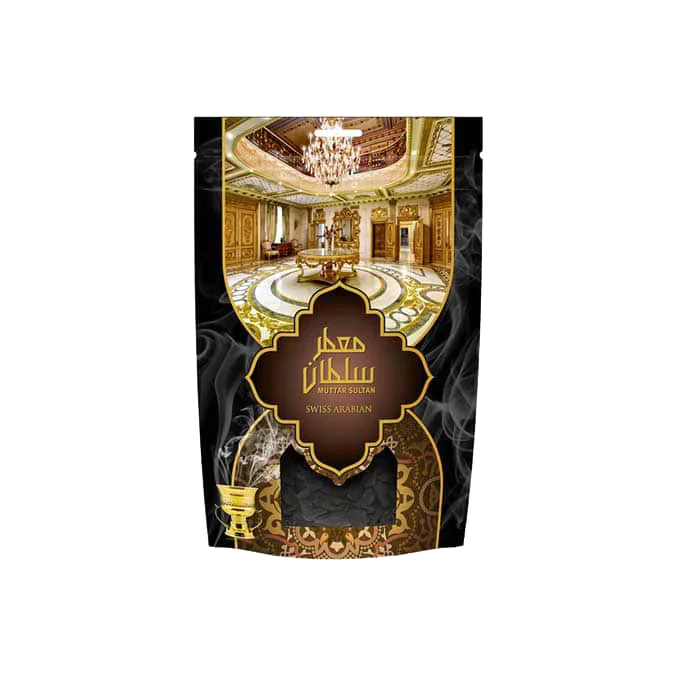The Allure of Oudh Muattar: A Fragrance Beyond Compare
Oudh Muattar, a name that evokes images of luxury and opulence, is one of the most sought-after fragrances in the world. This rare and precious perfume, often referred to as "liquid gold," has a long and fascinating history. In this article, we will delve into the world of Oudh Muattar, exploring its origins, production, cultural significance, and its role in contemporary perfumery.
The History and Origins of Oudh Muattar
Also known as Agarwood, is derived from the resinous heartwood of the Aquilaria tree, native to the Southeast Asian region. The history of this exquisite scent dates back centuries, with its use documented in ancient texts and scriptures. It has been revered in various cultures, from the Middle East to Southeast Asia, as a symbol of wealth, status, and spirituality. It was often used as incense in religious rituals and ceremonies.
Extraction and Production
The unique aroma is the result of a complex and labour-intensive extraction process. The Aquilaria tree must become infected with a specific type of mould to produce the resin. After years of infection and natural ageing, the resin is harvested, and it's from this resin that it is derived. The resin is then distilled to extract the precious aromatic oils, which are further refined and aged to enhance their scent profile. This meticulous process ensures the highest quality and the distinctive fragrance that is known for.
Varieties of Oudh Muattar
There are several varieties , each with its unique scent profile. The aroma can range from sweet and woody to smoky and leathery, with varying degrees of intensity and complexity. Some popular varieties include Hindi Oudh, Cambodian Oudh, and Borneo Oudh. Each variety is highly sought after by connoisseurs and collectors, and the choice often depends on personal preferences and the occasion for which it's intended.
The Art of Applying Oudh Muattar
Applying an art in itself. Due to its potency, a little goes a long way. It's typically applied sparingly to the pulse points, such as the wrists, neck, and behind the ears. It is often used as a base note in perfumery, adding depth and longevity to a fragrance. Its ability to enhance and elevate other scents makes it a valuable component in the world of perfumery.
The Cultural Significance
It holds immense cultural significance in many regions. In the Middle East, it's a symbol of hospitality and is traditionally offered to guests as a gesture of welcome. It's also an integral part of Middle Eastern weddings and other important ceremonies. In Southeast Asia, Muattar is used in various religious and spiritual practices, believed to purify the air and promote a sense of tranquillity.
Oudh Muattar in Contemporary Perfumery
While Muattar has deep historical roots, it continues to evolve and adapt to modern perfumery. Many renowned perfumers incorporate Muattar into their creations, offering a blend of tradition and innovation. Its exotic and alluring scent has made it a sought-after ingredient in high-end perfumes, bringing an air of sophistication and mystery to the fragrance world.
The Bottom Line
In a world saturated with perfumes and fragrances, Oudh Muattar stands out as a true gem. Its rich history, intricate production process, and cultural significance make it a fragrance unlike any other. With its enduring allure, Muattar has found a place in both tradition and modernity, continuing to captivate the senses of those who experience it. If you seek a fragrance that embodies luxury and mystique, Muattar is a scent that deserves exploration.




Comments
Post a Comment